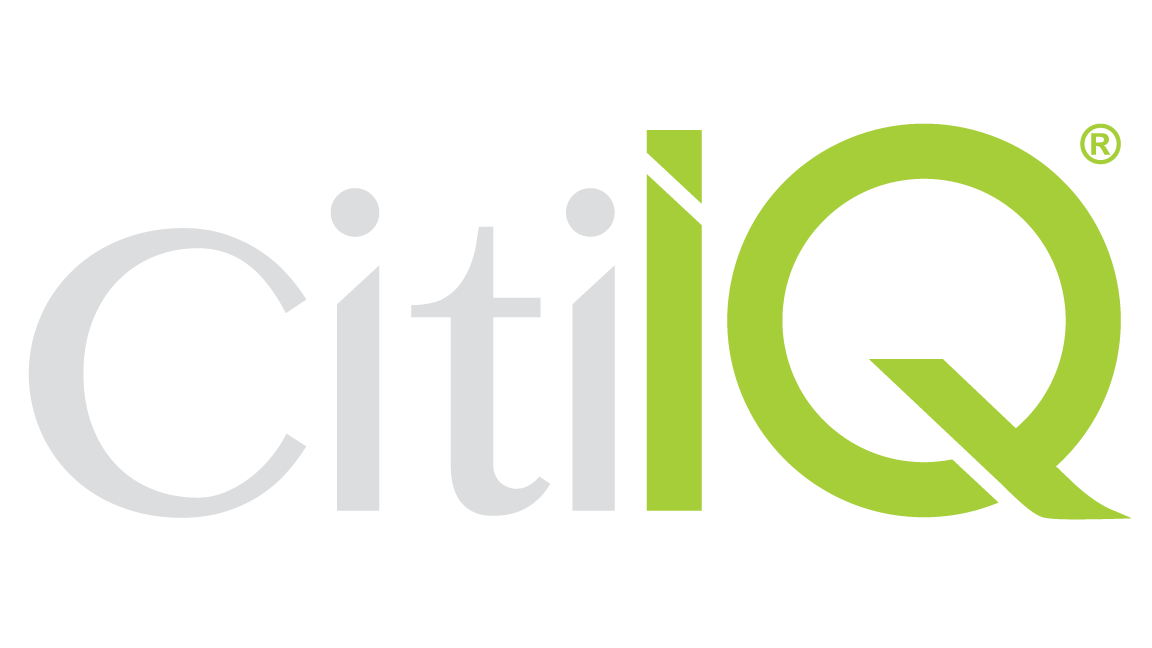Competitiveness Links Basic Needs and Opportunity for Citizens
Cities that provide significant benefits for their citizens are characterized by many competing but complimentary tensions. One of those tensions is the need for both stability and change – stability to capture known value for the city and disruption to introduce new possibilities for growth.
Citizen health and prosperity depends on a range of basic needs such as a safe water supply, reliable waste management, energy, shelter and food. Stability in these essentials builds confidence, supports health, education and access to employment among many other benefits.
Stability holds in place what has been gained while competitive capacity enables an entrepreneur, a community or a city to effectively act when new opportunities arises. Competing interests that operate in a system that fosters dependable or fair ways of balancing conflicts can lead to new growth. This is often reflected in a justice system that ensures common laws and values are respected, that competitive actions don’t become a means of exploitation. People need to know they are being treated fairly or healthy competition will be undermined. Political stability means that at group, institutional and geographic levels, different parts of a city have a means of working out their differences, living out the constant negotiation that city life requires in cultural, economic and social arenas.
A means of working out differences gives confidence to people who may move there, to business who grow there or expand there from other cities. Competitiveness ensures the movement of goods is consistent, that transportation options are flexible and that citizens can move around the city in pursuit of work, family, recreation, culture and health care needs. Competitiveness means much more simple economic function. Evaluating how competitive a given city is must take these deeply connected functions into consideration.
Cities are always changing as are the conditions that shape them – weather, political realities in nearby communities, national or international actions – all of this requires communities and cities to adapt socially, culturally and even physically. This kind of resilience enables cities to remain healthy when factors outside their control impact what they do, leading to efficient coordination of functions over time. This adaptive capacity is a key element in competitiveness over the longer time-scales that city prosperity requires. Citizens experience that dynamic stability through a wide range of new opportunities. These opportunities in turn are dependent on the complex mix of basic needs that a city must provide for citizens.
For more information, Contact:
Milton Friesen, General Manager
